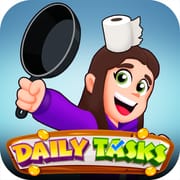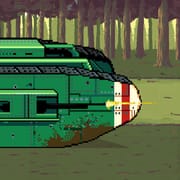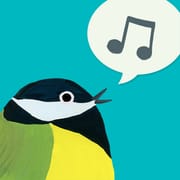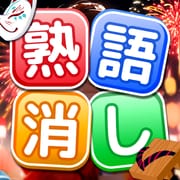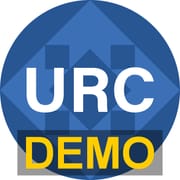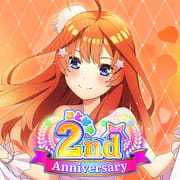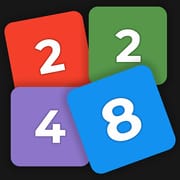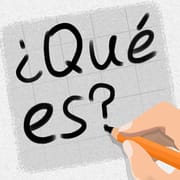The app in question serves as a powerful tool for those interested in the fascinating world of runes, providing users with the ability to transliterate text into various runic alphabets based on phonetic correspondences with Latin or Cyrillic letters. Unlike traditional translation services that focus on conveying the meaning of words, this app emphasizes the sounds of the words, allowing users to explore the pronunciation of runes and gain a deeper understanding of the runic alphabets themselves. This phonetic approach makes it particularly useful for learners and enthusiasts who wish to familiarize themselves with the intricacies of rune pronunciation, as well as the historical and cultural significance of these ancient scripts.
The app supports a wide range of major runic families, catering to diverse interests and needs. Among the primary runic systems included are the Elder Futhark, which is the oldest form of the runic alphabet used by Germanic tribes, and the Swedish-Norwegian Fuþąrk, also known as the Younger Futhark, which is characterized by its shorter, more simplified characters. Additionally, the app features the Danish Fuþąrk, which retains longer branches in its design, as well as various medieval rune alphabets that reflect the evolution of runic writing over time. For fans of literature, the app also includes the runes created by J. R. R. Tolkien for his works, such as Cirth, which adds a layer of fantasy and creativity to the learning experience. Furthermore, the app extends its capabilities to Ogham, the Old Irish script, showcasing its versatility and commitment to preserving ancient writing systems.
For premium users, the app offers an even broader selection of runic scripts, enhancing its appeal to serious scholars and enthusiasts alike. This includes the Anglo-Saxon runes, known as the Anglo-Frisian Fuþorc, which were used in England and parts of the continent. The app also features the Old Turkic script, which is significant for those interested in the history of Turkic languages, as well as Old Hungarian runes, known as rovásírás, which provide insight into the writing systems of early Hungarian culture. Additionally, users can explore the Armanen runes, a modern esoteric system, Gothic script, Old Italic, Glagolitic, and even Phoenician characters. This extensive range of options allows users to transcribe text into runes based on a phonetic representation, whether in English, Russian, or a language-agnostic format, making it a comprehensive resource for anyone looking to delve into the world of runes and ancient scripts.







 4.70
4.70 Download
Download
 APK
APK



